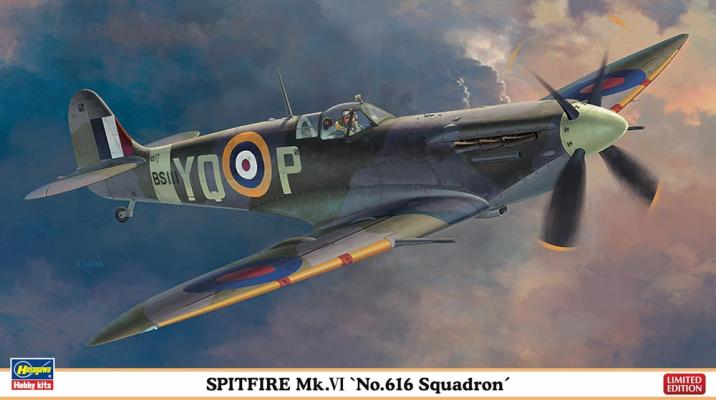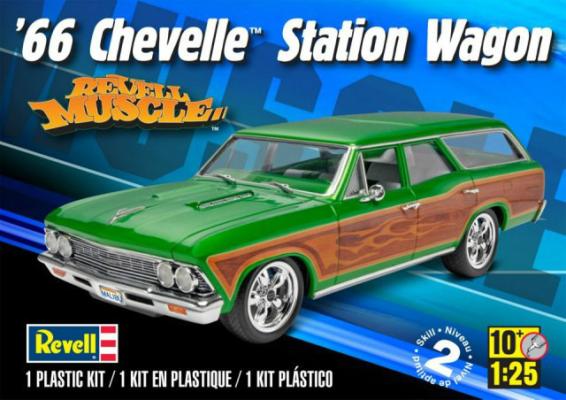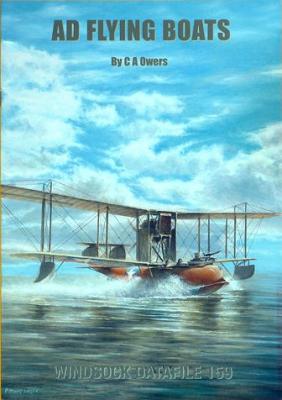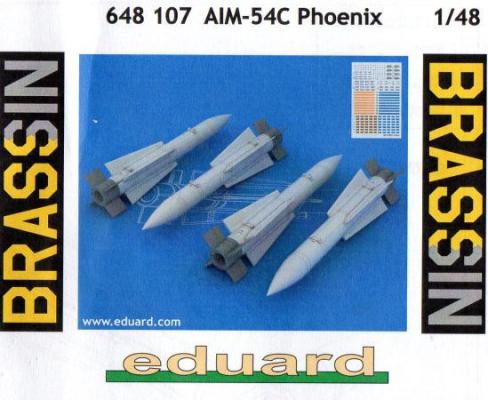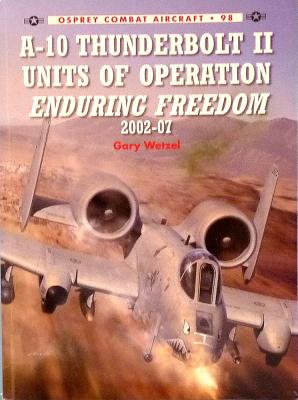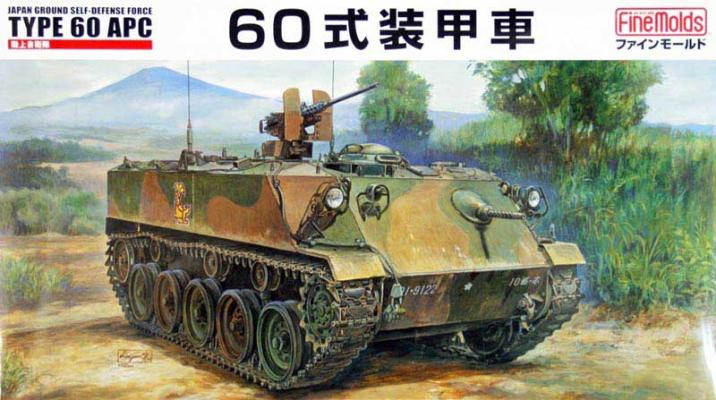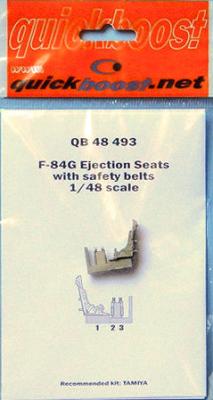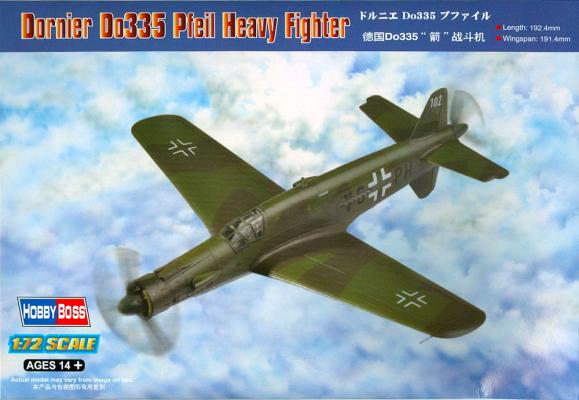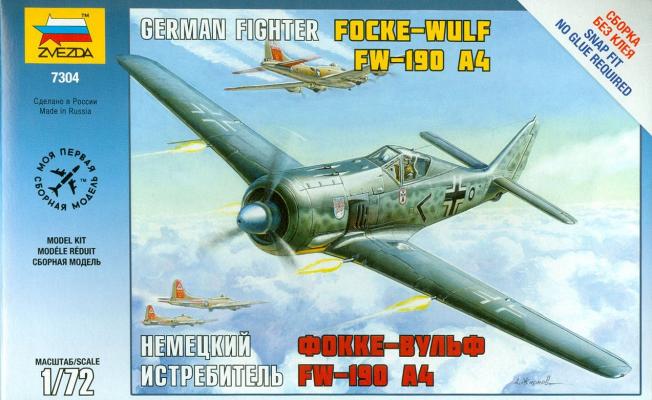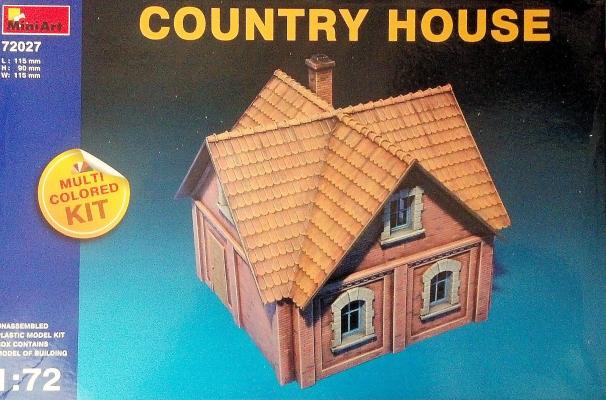The Instruction Sheet
The instruction sheet is typical Hasegawa – that is, the instructions are free of any errors (at least that I noticed), easy to interpret, and with clearly labeled paint call-outs and part call-outs. The thirteen construction steps are on three pages, decal placement and painting guides are on two pages, aircraft history is on a single page, and a parts guide and color call-out list is on a single page.
For the most part, you can jump around on the instructions from step to step. We all do it. Not to worry, but study the assembly process for the prop or you’ll end up having a bit of a mess on your hands. Do not install the blades into the spinner until the spinner has been attached to the spinner shaft. Also, the placement of the six exhaust stacks is unique – the sequence is according to the part number of the stack. Start with the stack farthest aft on each side and work toward the front of the aircraft.

